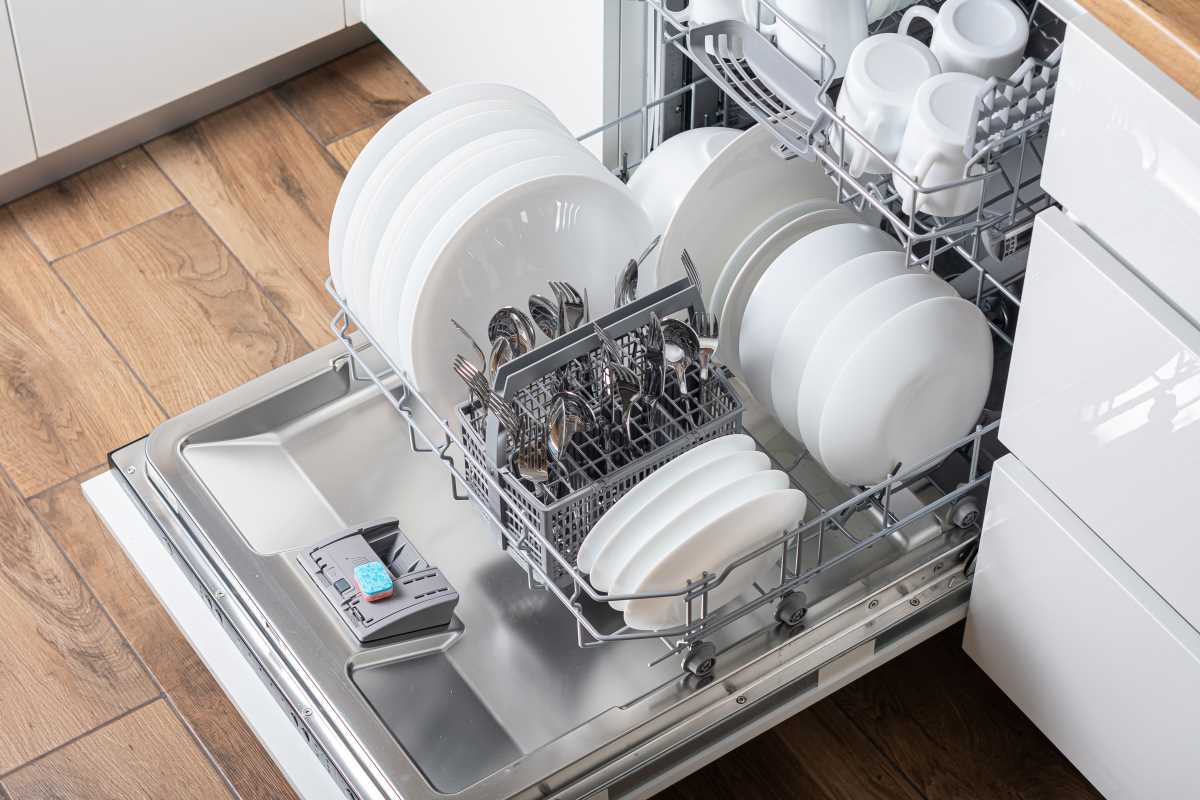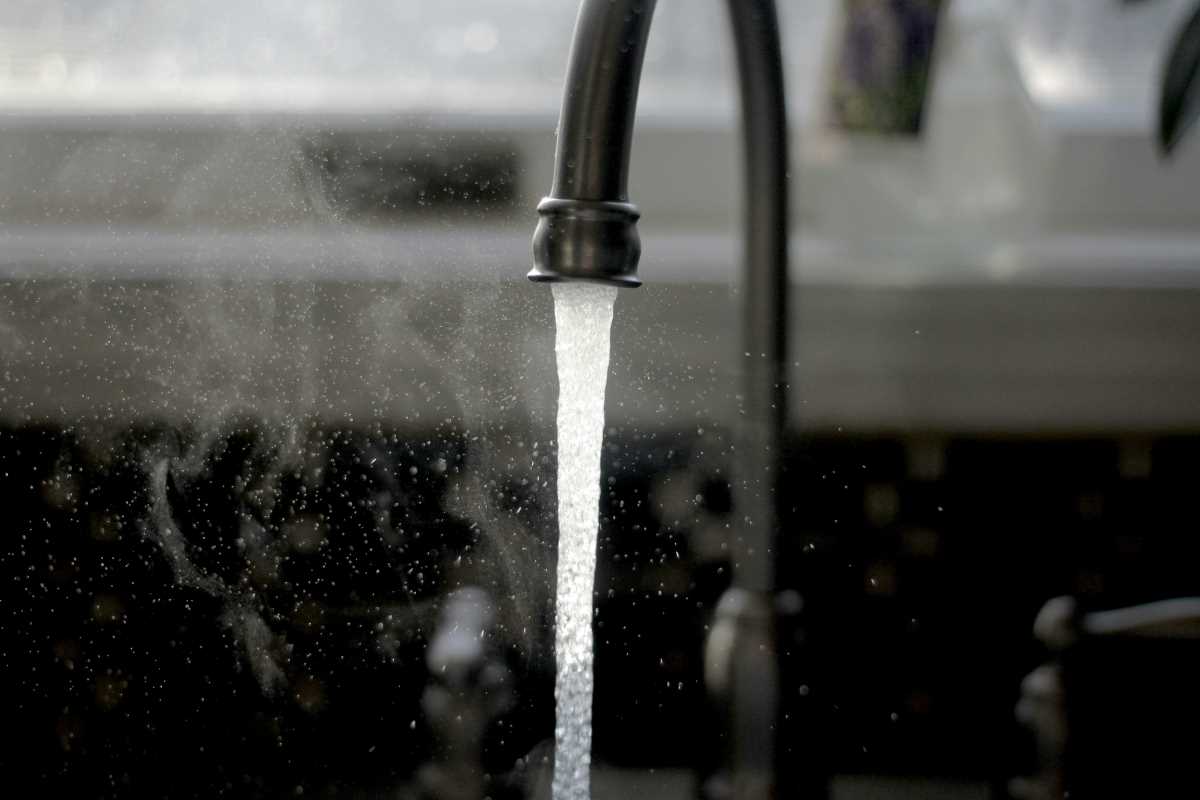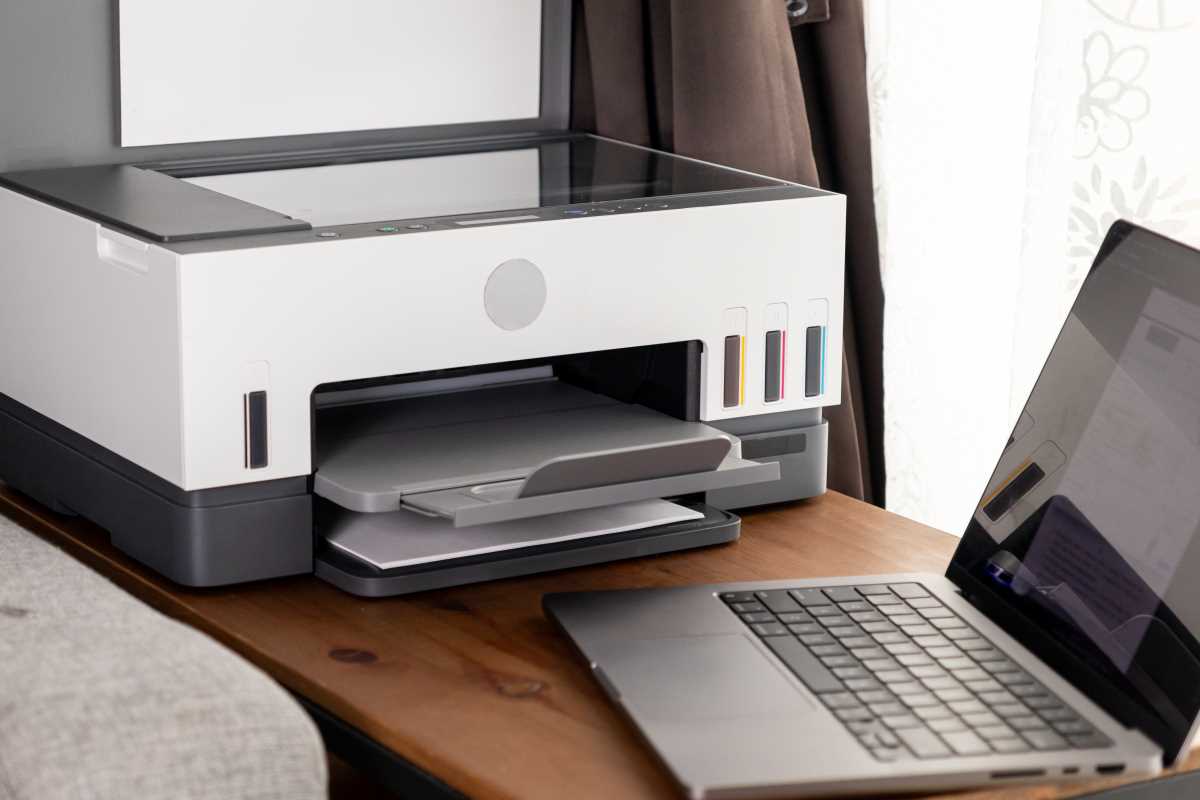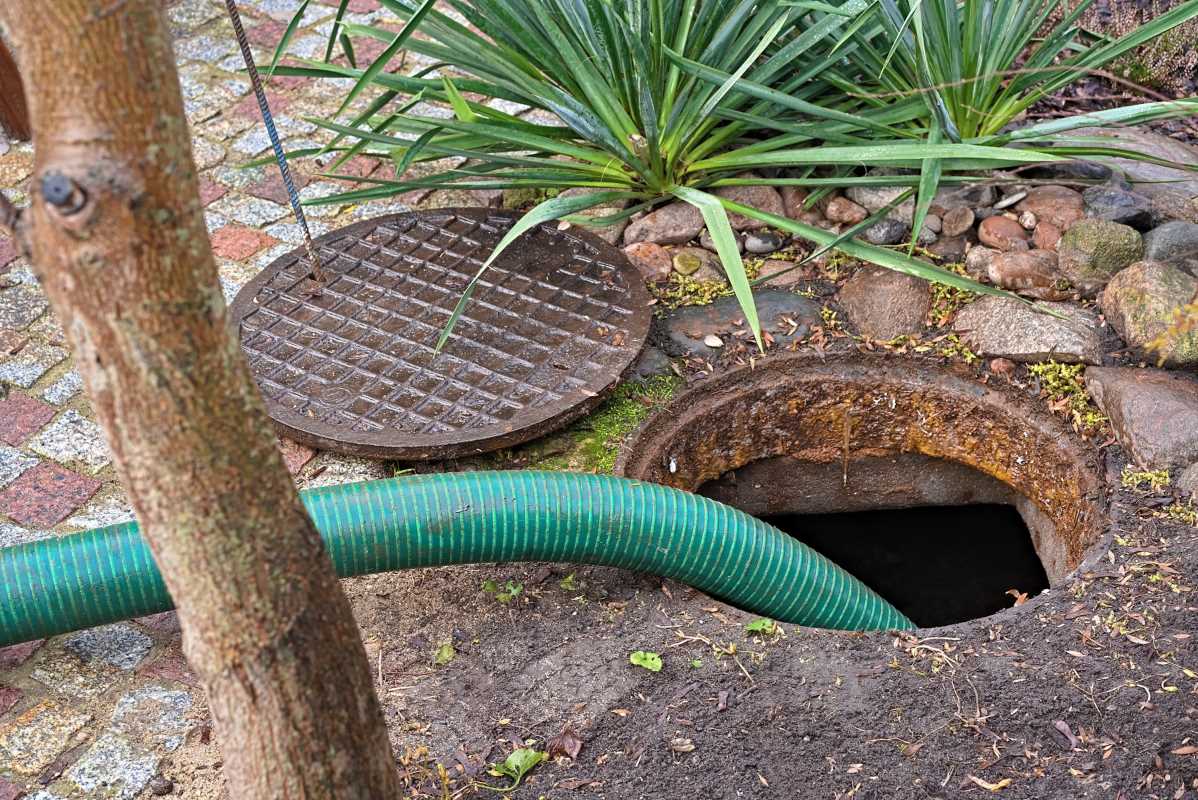Ceiling fans are a simple yet effective way to maintain comfortable temperatures and improve air circulation in any home. They help cool spaces in the summer, redistribute warm air in the winter, and reduce energy costs when paired with proper HVAC use. However, like any appliance, ceiling fans need regular maintenance to keep them running efficiently over time. Dust accumulation, loose parts, and motor wear can all impact performance and energy efficiency. By performing simple maintenance tasks, a ceiling fan can remain functional, quiet, and capable of maximizing air circulation throughout the year.
Clean the Blades and Housing
Dust and debris inevitably gather on ceiling fan blades over time, reducing their efficiency and potentially spreading allergens into the air. Cleaning the blades is one of the easiest and most effective steps in ceiling fan maintenance. Dust accumulation can also make the fan wobble or create excess noise, affecting both comfort and the fan’s lifespan.
Start by ensuring the fan is turned off and use a sturdy step ladder to safely access the blades. A microfiber cloth dampened with a mixture of water and mild soap is ideal for removing dirt without scratching the surface. Wipe each blade from the base to the tip, paying close attention to both sides. A pillowcase can also be slid over the blade to capture dust while cleaning. Don’t forget to clean the motor housing and any light fixtures attached to the fan, as these can accumulate grime as well.
Regular cleaning not only keeps the fan looking fresh but improves airflow and efficiency, especially in heavily used areas like living rooms or bedrooms.
Inspect for Loose or Worn Components
Over time, the mechanical components of a ceiling fan may loosen or wear down due to regular use. Performing periodic checks ensures these issues don’t compromise safety or performance. Loose parts can cause rattling, wobbling, or even impede the fan's motion altogether if left unaddressed.
Begin by gently checking the screws on each blade to ensure they are securely fastened. Blades that are loose can throw the fan off balance, resulting in uneven airflow and excess strain on the motor. Next, inspect the mounting bracket that attaches the fan to the ceiling and tighten any loose screws or bolts as needed. Ensuring the fan is stable not only improves efficiency but also prevents unnecessary wear on its components.
If the fan continues to wobble despite tightened screws, use a balancing kit (often provided with the fan) to adjust blade weights. This easy fix restores stability and reduces noise during operation.
Lubricate the Moving Parts
A well-maintained ceiling fan should operate smoothly and quietly. If the fan begins to squeak or grind, it may indicate that its moving parts need lubrication. While many modern fans are built with sealed bearings that do not require lubrication, older models may benefit from periodic oiling.
To check whether lubrication is necessary, consult the fan’s manual or inspect the motor’s design. If lubrication is required, use a manufacturer-recommended oil or a lightweight lubricant and apply a few drops to the motor as indicated. Be mindful not to over-oil, as this can create a mess and attract dirt to the internal components. Smooth, well-lubricated parts ensure quiet operation while extending the motor's lifespan.
Adjust the Direction of the Blades
Ceiling fans are designed to spin in different directions depending on the season, improving energy efficiency by optimizing airflow. A quick seasonal adjustment helps circulate air more effectively and reduce heating or cooling costs.
Most fans feature a small switch on the motor housing to change blade direction. During warm months, the blades should rotate counterclockwise to create a downdraft that cools the air. During winter, switching the blades to a clockwise rotation creates an updraft, which redistributes rising warm air back into the living space. This simple adjustment maximizes the fan’s performance and complements a home’s heating or cooling system.
Check for Dust in the Motor and Electrical Components
Beyond the blades and housing, dirt and dust can infiltrate a ceiling fan's motor or electrical components, causing reduced performance or overheating. Cleaning the motor casing and vents prevents buildup that might interfere with the fan's functionality.
After turning off the power and ensuring the fan is disconnected from electricity, use a dry brush or compressed air to carefully clean the motor vents and internal crevices. Avoid using water or cleaning solutions, as these can damage the motor. A clean motor operates more efficiently and prevents overheating, which can lead to more significant repairs or replacement over time.
Replace Worn-Out Parts as Needed
Even with regular maintenance, some components of a ceiling fan will eventually wear out and require replacement. Worn blades, frayed pull cords, or faulty light kits are common issues that impact the fan’s overall functionality.
When replacing parts, ensure they are compatible with the fan’s model and specifications. Many manufacturers sell replacement parts directly or through authorized retailers, making it easy to restore the fan to its original performance. Regularly addressing small issues, like replacing a damaged pull chain or dim lightbulbs, prevents larger problems from developing over time.
 (Image via
(Image via





